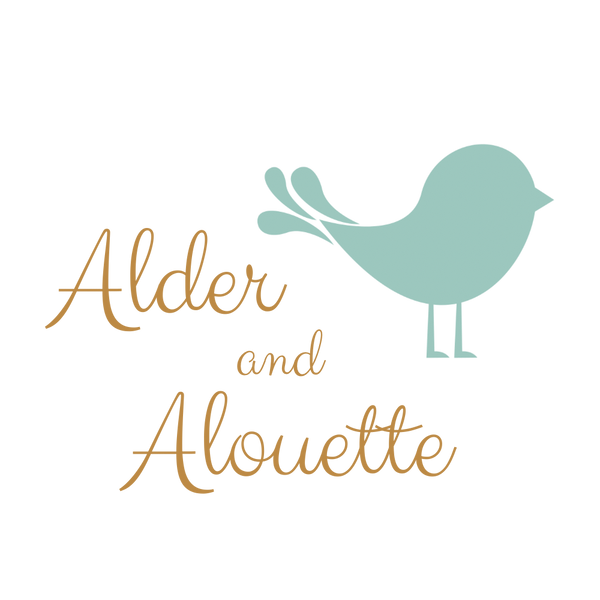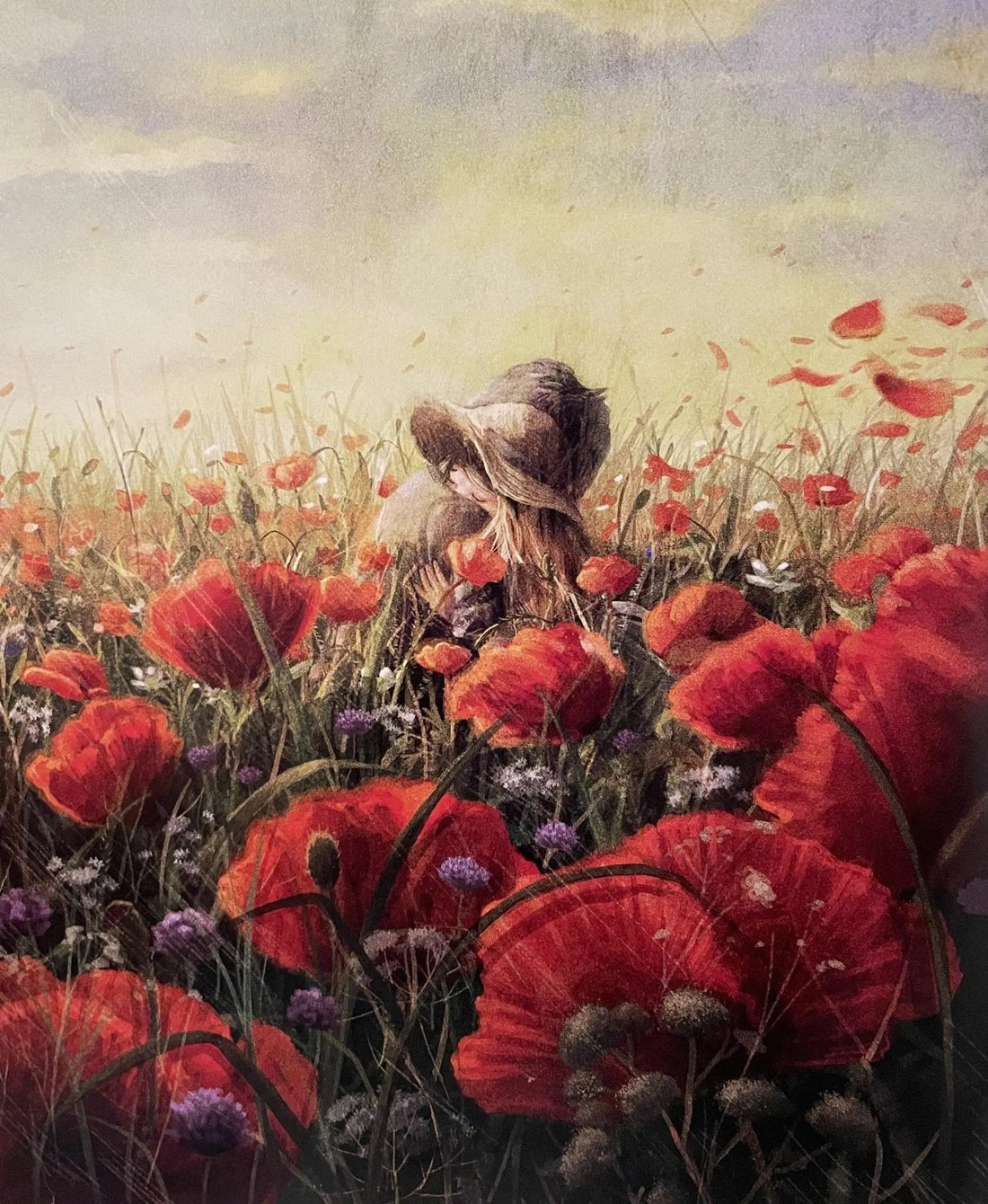Wave written and illustrated by Suzy Lee, Chronicle Books, 2008, ages 0-5 years
Before I Knew

Thank a Librarian!
I’ve always been a reader, and my children loved reading, or being read to, from the time they were babies and beyond. When they were younger, I took them to the library frequently in between our special book purchases. We’d comb through the children’s stacks looking for books to drag home by the armloads. Many of the books displayed, however, were popular and well-known, but not always high-quality. I relied on my instincts, my upbringing, and a great librarian to pull out the weeds and keep the flowers.
The Whisper, written & illustrated by Pamela Zagarinski, HMH Books for Young Readers, 2015, ages 4-7 years
Yesterday & Through Time
One of the first books I remember was Mother Goose. I remember loads of picture books too—left over from the ages of new baby to independent preschooler. Before I could read, I’d study those illustrations and retell those stories and nursery rhymes aloud to myself. I loved absorbing those colorful, intricate illustrations, and my childhood books had been illustrated by some of history’s greatest, though that bespeaks my age! You can read about the benefits of nursery rhymes for young children here. Let’s talk more about picture books.
Thank a Teacher!
I was lucky enough to have thoughtful primary teachers who were selective with the picture and chapter books they read aloud. The Wonderful Adventures of Nils is one of those timeless chapter-picture books, which one of my teachers had luckily brought back from Europe. This enchanting read-aloud is for ages six and up and has been delighting children for more than 112 years! Thankfully, we have a more global book trade today than during my childhood; this book is now available in the United States, too.
The Wonderful Adventures of Nils written by Selma Lagerlöf and illustrated by Lars Klinting, Floris Books-Floris Books, 1992 (1909), 5-9 years
“Sometimes, a good thing is passed along for generations not because of tradition so much as because it works, no matter the time period.”
- a very wise professor of mine, Clipper Maxwell

The Lion, The Witch and the Wardrobe written by C.S. Lewis and illustrated by Pauline Baynes, Harper Collins, 2009 (1950), ages 8 - 12 years
What We Know Today About How Young Children Learn & What They Should Read
One thing I instinctually knew, and now understand why, was that children need a specific progression of storytelling, along with certain types of books--and here is the super important part--during specific “windows” of their development. Doing this will increase memory, phonics, sequencing, vocabulary, speech, imagination, pretend play, visualization, creativity, empathy and even...writing and spelling skills. Yep. Hearing correct pronunciation of words and a large variety of words from frequently reading high-quality books aloud to a child during the right developmental window has a positive correlation to developing good writing and spelling skills down the road.
A Good Starting Point
Choosing high-quality picture books for infants and toddlers is one of the most important starting points you can make for this journey (along with the habit of reading to them daily!). Continuing that practice through their preschool years and beyond is the next. But what does a high-quality picture book look like? How do you know when you find one? Well, one place to start is with the art. Before we move on to that part of the discussion, here are a few books that fall into that realm. You may already have a few on your shelf!
High-Quality Picture Books for Children 0-3 Years


Hello Farm, How Do You Do? written by Marjolein Thiebout and illustrated by Loes Botman, Floris Books-Floris Books, 2019, Ages 0-3 years


Daisy the Hungry Duck by Evelien van Dort and Marjan van Zeyl, Floris Books, 2020, Ages 0-3 years

Rain or Shine by Ronald Hueninck, Floris Books, 2020, Ages 0-3 years
Of course picture books can be found for children of all ages, even adults. Here are a few books that are best for children ages 3 or 4 and up.
High-Quality Picture Books for Children 3 Years and Older


Spin a Scarf of Sunshine by Dawn Casey and Stila Lim, Floris Books, 2021, ages 3-7 years


Henry’s Freedom Box by Ellen Levine and Kadir Nelson, Scholastic Press, 2007, ages 4-8 years

Sail written and illustrated by Dorian Brouwers, Little Brown Books For Young Readers, 2021, ages 4-8 years, endpapers include directions on how to make your own paper boat to sail


Hike by Pete Oswald, Candlewick Press, 2020, ages 4-8 years
Choosing High-Quality Picture Books
High-Quality Art
When looking for a high-quality picture book, be picky. You’re growing your child’s brain. Find books with beautiful artwork. Young children love bright, vivid colors, but soft pastels or monotones, if done well, can also be attention-grabbing and just as loved, mood-setting, beneficial and engaging. Choose artwork that isn’t abstract during these early years. That’s confusing to very young children. Save Picasso for when they’re older. The illustrations should be so well done at this level that they tell the story without needing the text.

Summer, illustrated by Gerda Muller, Floris Books-Floris Books, 2006 (1994), ages 0-3 years


Illustrations are from the book Summer by Gerda Muller, Floris Books-Floris Books, 2006 (1994), ages 0-3 years


My Hair is a Garden, by Cozbi A. Cabrera, Albert Whitman Publishing, 2018, ages 5-7 years
To Rhyme or Not to Rhyme? & Good Things Sometimes Repeat
Choose picture books that are engaging and diverse. Save the emergent and new reader books for when they are, well, learning to read (and even then, be picky). Rhyme and repetition are great to include, if done correctly. Rhyming and repetition are both ways children learn language. However, there is such a thing as irrelevant and overdone so always read through the picture book before you buy it or check it out from the library!
Here are the first two pages of Hello Farm, How Do You Do?, a high-quality board book for infants and toddlers. Notice the beautifully illustrated, realistic artwork from Loes Botman. The author, Marjolein Thiebout, uses both the rhyme and repetition patterns from the first page throughout the book, as well as animal sounds, something every toddler loves to emulate. This delightful little board book checks high-quality box after box for toddlers and parents everywhere.


Hello Farm, How Do You Do? written by Marjolein Thiebout and illustrated by Loes Botman, Floris Books-Floris Books, 2019, ages 0-3 years
Any Room for Me? is a classic story with soft, beautiful illustrations and gentle, repetitive language mixed with conversational sentences. It's a great message about sharing and uses relevant, repetitive language that children love without it being overdone. The message of kindness and sharing is an example of adding a bit more for their increased age than just the animal theme, rhyme and repetition. No longer is a story just about the animals appearance and vocalizations. It now models behaviors too — sharing, kindness and empathy. Sharing and other similar behaviors don’t happen naturally. Children develop these behaviors when it is frequently modeled around them, even within their books. Children from ages 3 to 6 years tend to love this book.

Any Room for Me? (or The Wood Cutter’s Mitten in the United Kingdom), Floris Books, 2020 (1990), ages 3-6 years
Here's a book with rhyme my little ones love from a sweet book about taking care of nature called The Knottles. Taking care of nature is another extension on the progression of books and an important theme to introduce during early childhood. Again, this behavior doesn’t happen naturally and books like this help us model that kind of concern and carefulness we should all have about life on our planet. Nature stories like this also help children make connections to the natural world we should be in tune with.

The Knottles by Nancy Mellon and illustrated by Ruth Lieberherr; Steiner Books, Ages 3-6 years
An even better book-to-life connection for my children with this book was that after reading the book several times, we planted several trees. My little ones connected the book to the forests that surrounded our property (their world view isn’t very large at this age). Now, every year, we plant trees somewhere in need of them beyond where we live as they are older. For nostalgia, we always read this book first. It’s a nice little family tradition.
Just a Thought
The Knottles has an age rating of three to six years, but my personal opinion is wait until four years, and reading this book through age seven is still good too! This book has a softer art presence and evokes imagination with little tree gnomes in the story. Childhood imagination begins to develop sometime during the third year, so reading this book too soon may cause the story to slip over their heads. Their sense-of-self and world view also expands around year four, so if you aren’t surrounded by forest like we are, it may be harder for them to make a connection before age four. This is also a good example of why parents should always pre-read books for their children and listen to their intuition, not necessarily to the age written in the book’s description.

The Knottles, written by Nancy Mellon and illustrated by Ruth Lieberherr, Steiner Books, 2012, ages 3-6 years
Rich, Conversational & Everyday Language
Including books with rich text full of everyday langauge is also a given. You want to grow your child's vocabulary, not bore them. When you speak in short, choppy sentences that are essentially irrelevant to life, they aren't learning as much as if you spoke using everyday language. Hearing you speak in conversational or everyday-type sentences, hearing your intonations, hearing a wide variety of words spoken precisely, simple to complex...that's extremely beneficial to a child’s language development. Hannah on the Farm is a good example of conversational text appropriate for children up to age three. Hello Lighthouse is a good example of rich text, and The House of Lost and Found is a great example of both rich text and coversational sentences for preschoolers.






Excerpt from Hannah on the Farm, written and illustrated by Marjan van Zeyl, Floris Books-Floris Books, 2011, ages 1-3 years



Excerpt from Hello Lighthouse written and illustrated by Sophie Blackall, Little Brown Books For Young Readers, 2018, ages 4-8 years

 The House of Lost and Found by Widmark and Emilia Dziubak, Published by Floris Books, 2018, Ages 5 to 8 years
The House of Lost and Found by Widmark and Emilia Dziubak, Published by Floris Books, 2018, Ages 5 to 8 years



The next post for this series will continue on with a focus on Interactive books and the books for the developmental phase that occurs between ages 3 to 5, a precursor to future creativity and problem solving skills. You can check out part two here.

Disclaimer
Although I am a certified educator with an active teaching credential, the content I share on this Site is intended for general informational and educational purposes only. It does not constitute personalized professional advice, consultation, or an educational plan.
Disclosure: This post may include affiliate links. As an authorized reseller and affiliate, we may earn from qualifying purchases at no additional cost to you. Learn more.
Written by Laura Lowe
Laura is a professional educator with decades of experience working with children and the environment. She’s also an avid crafter, lover of storytelling and books, novice hobby farmer, mom to three daughters and six grandchildren.








